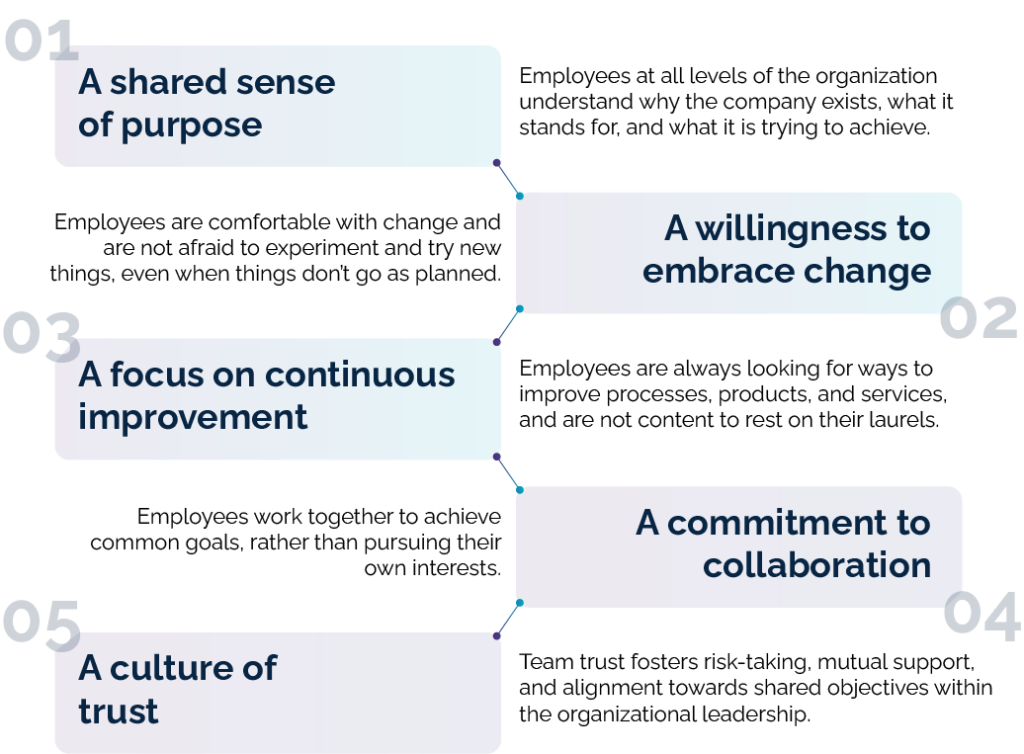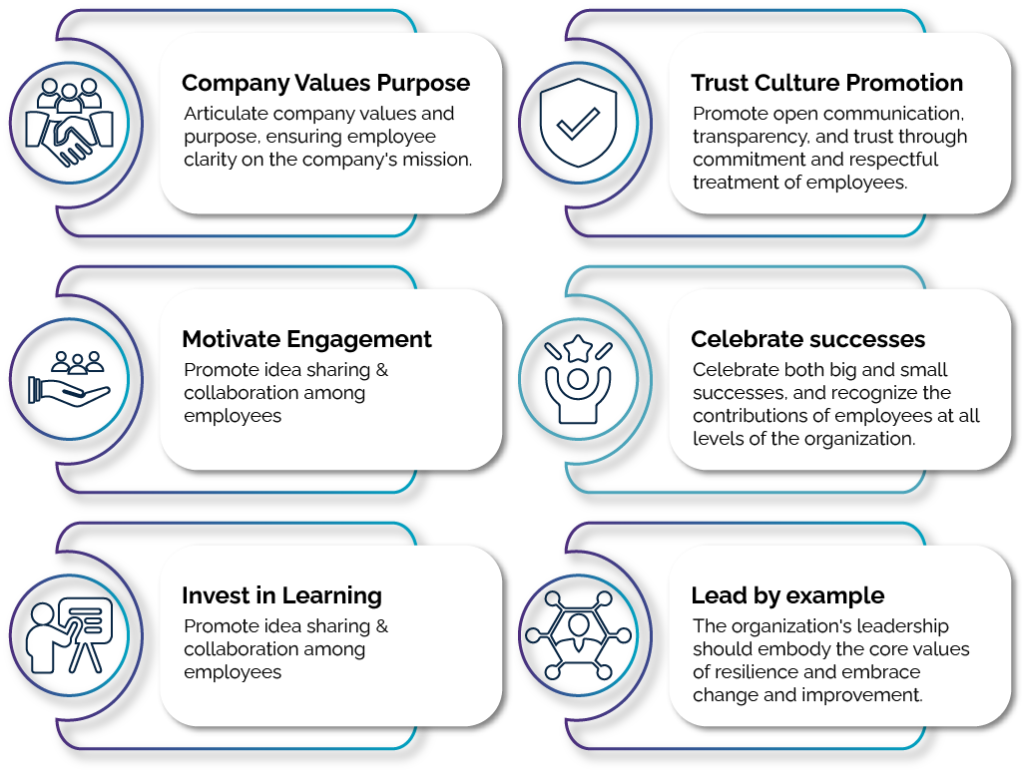In Brief
- Fostering Resilience: Cultivating a culture of resilience, emphasizing adaptability, creativity, and determination, empowers organizations to thrive amidst adversity, aligning employees with a shared purpose and willingness to embrace change.
- Long-term Investment: Building a resilient culture is a long-term endeavor that requires continuous attention, engagement, training, and leadership commitment to model resilient behaviors, celebrate successes, and foster a culture of trust.
- Continuous Improvement: Embracing continuous improvement, through regular assessments and embracing change, enables organizations to evolve, meet changing market demands, and ensure long-term success and stability.
In today’s rapidly changing business landscape, organizations must be prepared to face unexpected challenges and market disruptions. While risk management and contingency planning are important components of business resilience, they are not enough to ensure long-term success. To truly thrive in the face of uncertainty, organizations must cultivate a culture of resilience that permeates every aspect of the business.
What is a Culture of Resilience?
A culture of resilience is a mindset and set of values that emphasize adaptability, creativity, and determination in the face of adversity. It is not just about surviving in tough times, but about thriving and growing even in the most challenging circumstances. A culture of resilience is characterized by:

How to Build a Culture of Resilience
Companies with a strong culture of resilience are more likely to attract and retain top talent, as employees are drawn to organizations that offer a dynamic and challenging work environment.
Building a culture of resilience is not something that can be done overnight, but rather is a long-term effort that requires continuous attention and investment. Here are some steps that organizations can take to build a culture of resilience:

Takeaway
Continuous improvement is key to building a culture of resilience. Organizations must continually evaluate their processes and procedures and identify areas for improvement. This can be achieved through regular assessments, benchmarking, and data analysis. Companies must also be willing to embrace change and continuously evolve to meet the changing needs of their customers and the market.
By focusing on leadership, employee engagement, and continuous improvement, companies can create a culture that is able to adapt and overcome challenges, ensuring long-term success and stability.












